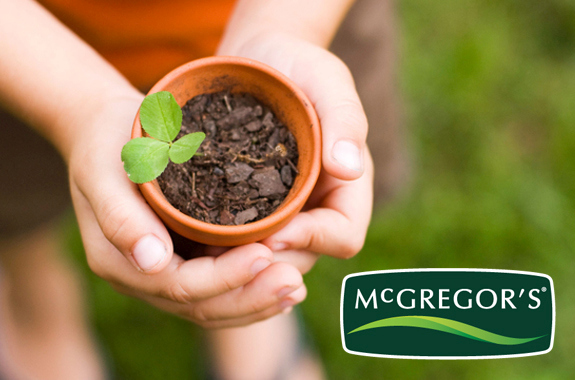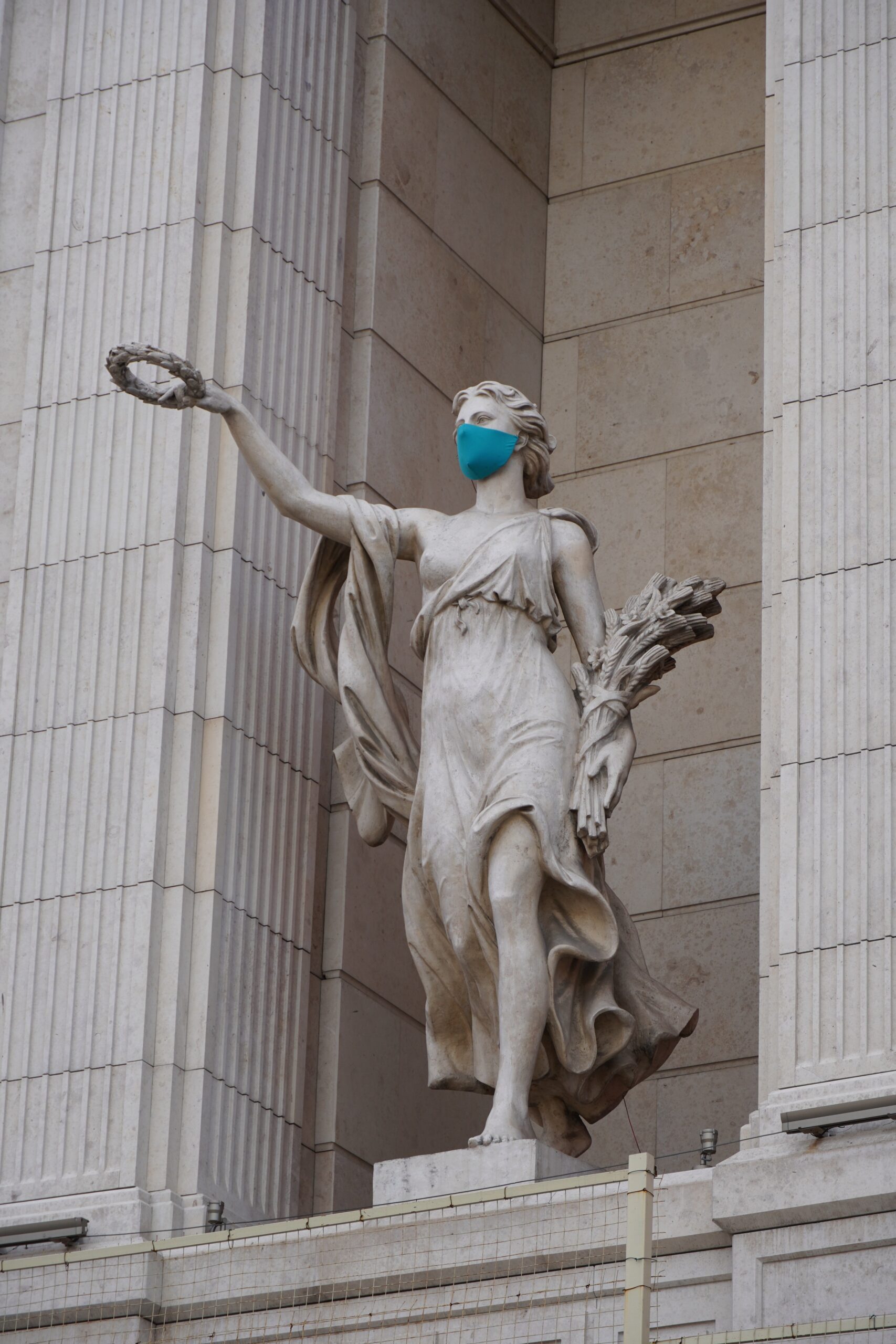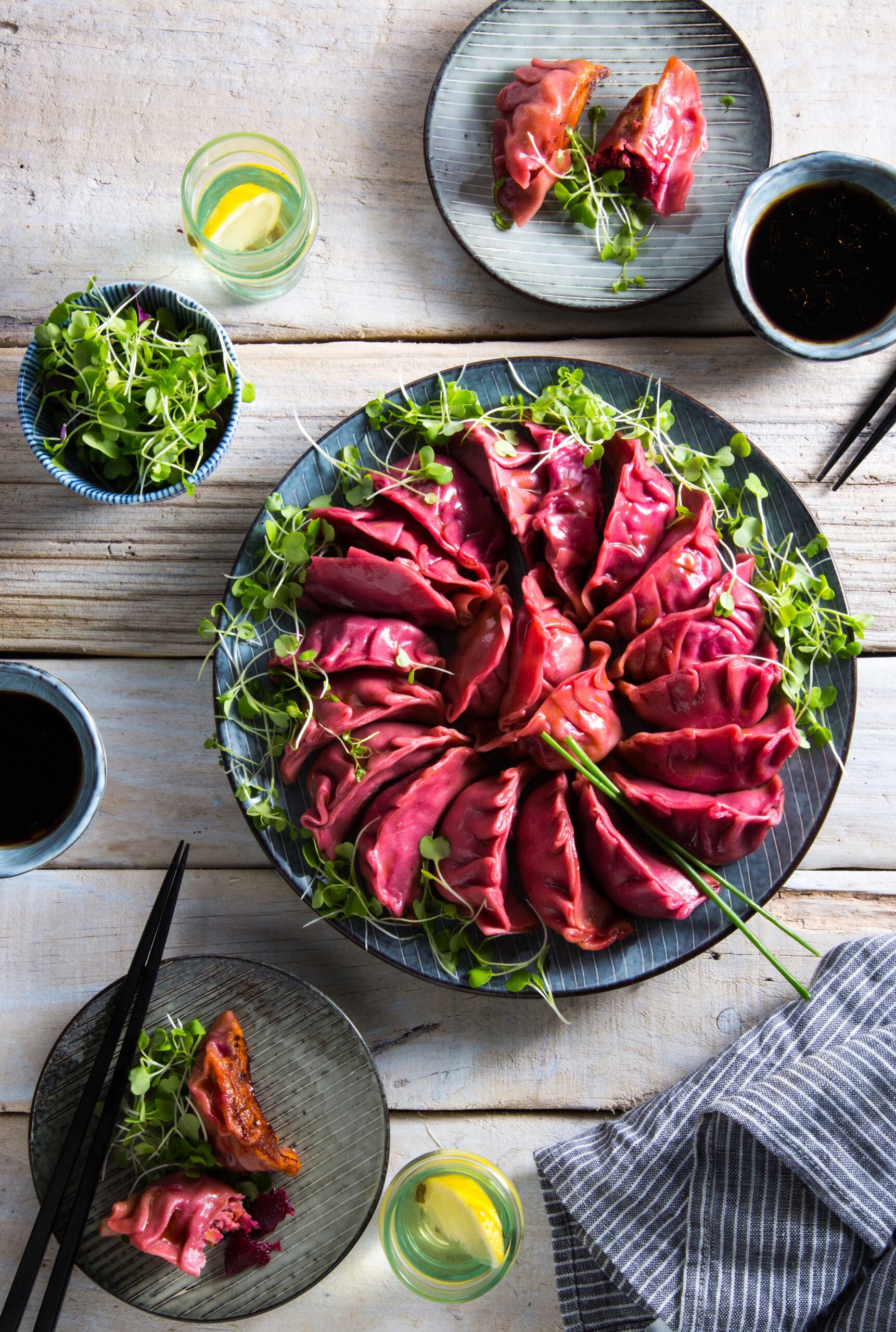Send in your gardening questions and be in to win a fabulous prize from McGregor’s! This week: the best spot to plant lemons and limes.
Send in your gardening troubles to [email protected] and all questions answered on the Good website will win a fabulous prize from McGregor’s
Q: We have just moved to a new house and have been given a lime tree and a lemon tree as a house-warming gift. Can you tell me the best place to plant and anything else we need to know to ensure the best growth? –Kathryn
A: My personal preference is to plant the lemon tree in the garden and the lime in a large pot. Lemon trees are very hardy but limes I find need a little bit more attention, at least until they get established.
For your lemon tree choose a warm, sheltered, sunny site. Citrus doesn’t like to be exposed to consistent wind or persistent draughts. Use a shed, fence or hedge to give the tree protection. Good drainage is essential. Heavy soils, especially clay, will waterlog the roots in the winter and dry them out in the summer. So if you are concerned about drainage, do a basic test. Dig the hole for the tree but make it about the size of a standard bucket, fill the hole with water and leave. For reasonable drainage the water should be gone within the hour.
As tempting as it may be to leave any fruit or flowers that are on either tree, it is best to remove them. This lets the tree establish itself, rather than wasting energy on developing fruit while it is still young. You will benefit from this action in the long run; I carry this on into the second year. In the third year I remove at least half to avoid crowding, and after that I leave it to nature.
Like all food crops, citrus need to be fed. A poor crop can be due to insufficient feeding. At the time of planting use McGregors Plant Max, which gives you a controlled release of food for the first 18 months. Citrus trees will sometimes develop yellow leaves – this is a magnesium deficiency and magnesium sulphate (Epsom salts) is used to correct this problem.
All citrus need water and lots of it, especially during the dry summer months; they are, after all, a juicy fruit and a shortage of water will cause the fruit to be small and dry.
The lime tree will need a large pot. The bigger the pot the easier it will be to look after – smaller pots will dry out quickly and the tree will become root bound within a few years. A wine barrel is a good size – there is plenty of room to grow and to add colour you can fill the empty spaces with flowering annuals.
As with the lemon tree it will need the same sheltered, sunny position and the same food, it will however need more water in the summer as the soil will dry out much more quickly. Use the best potting or container mixes you can afford, the better mixes will contain water storage granules and other fertilisers.

–Sandra Johnson, Team McGregor’s
McGregor’s is a passionate team of gardeners with collectively more than 100 years of gardening knowledge. They aim to provide affordable, good value quality products that make gardening tasks as easy as possible.
Team McGregor’s is committed to supporting the younger generation of today and does so through their partnership with the Garden to Table and 5+ a day trusts as well as the creation of the McGregor’s Seeds in Schools fundraiser, all to encourage homegrown produce and healthy eating.
Send in your questions and be in to win!

Send in your gardening troubles to [email protected] and all questions answered in this column will win a fabulous prize from McGregor’s!
Kathryn has won a packet of McGregor’s PlantMax, a controlled release plant food which provides the strongest possible start for new plants. One application in Spring continuously fertilises your plants for the first two growing seasons (up to 18 months). It is a controlled release fertiliser which in addition to nitrogen, phosphorus and potassium, contains magnesium and trace elements. The rate of nutrient release is temperature related with more released in warm weather when plants need it most, and less in cooler weather when plant metabolism slows down.





